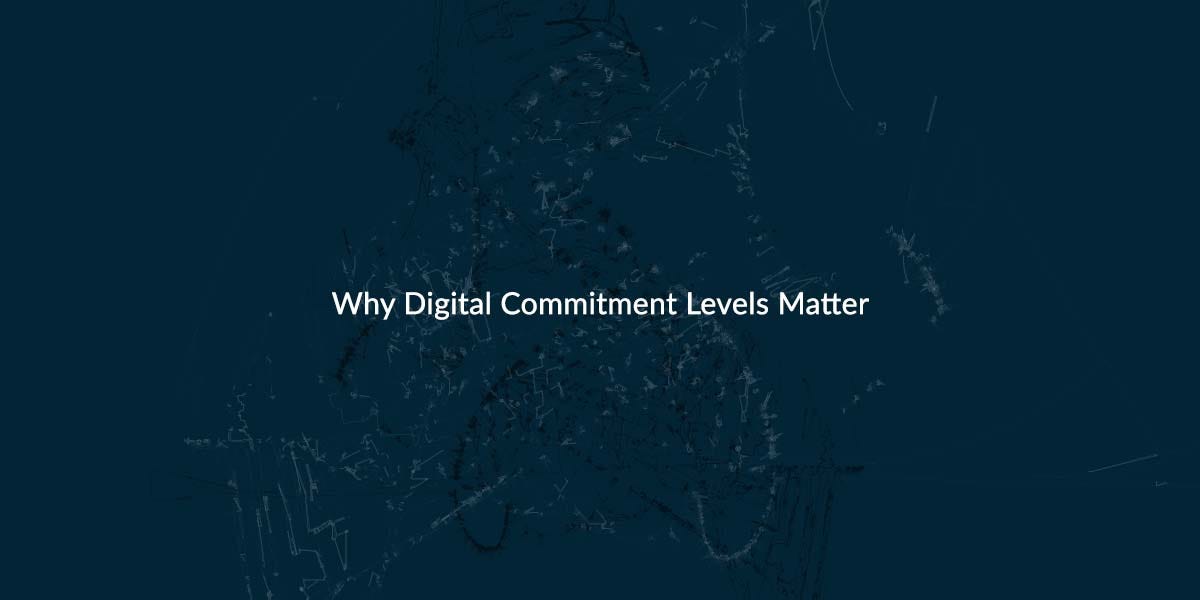
"Many times the translations Google provides don't match what Duolingo considers to be correct, resulting in a 'fail' on that part of the lesson."
"Duolingo's user interface includes a flag icon, offering options regarding incorrect answers, one being 'My answer should have been accepted.'"
"The frustration arises from the dissonance between accepted answers in Duolingo and accurate translations that can be found elsewhere, complicating the learning process."
"While using Duolingo, users often find discrepancies between their translations and the app’s acceptance, frequently leading to confusion and errors in language practice."
Duolingo users often face frustration when their translations are considered incorrect by the app, despite being accurate through other translation services. This issue is particularly prevalent with languages like German, where users might rely on tools like Google Translate for clarity. The application features a feedback option for incorrect answers, but discrepancies between Duolingo’s accepted language and accurate translations hinder effective learning. The overall experience reflects a recurring theme of critical feedback and challenges within digital learning platforms, calling for improvements to user input acceptance.
Read at Medium
Unable to calculate read time
Collection
[
|
...
]